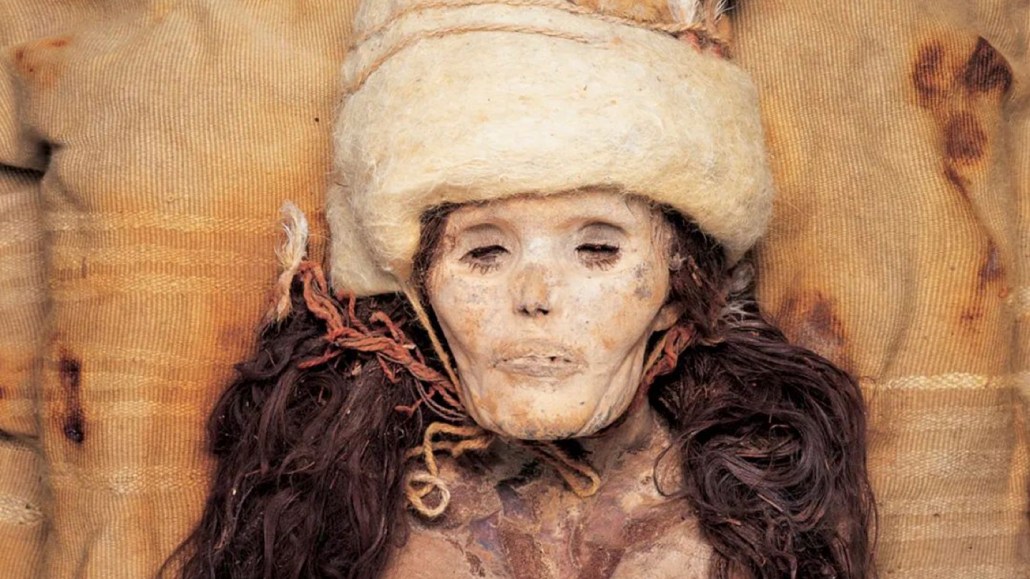
This naturally mummified woman from a roughly 4,000-year-old cemetery in western China belonged to a genetically separate but culturally connected population, a study finds.
Wenying Li/Xinjiang Institute of Cultural Relics and Archaeology

This naturally mummified woman from a roughly 4,000-year-old cemetery in western China belonged to a genetically separate but culturally connected population, a study finds.
Wenying Li/Xinjiang Institute of Cultural Relics and Archaeology